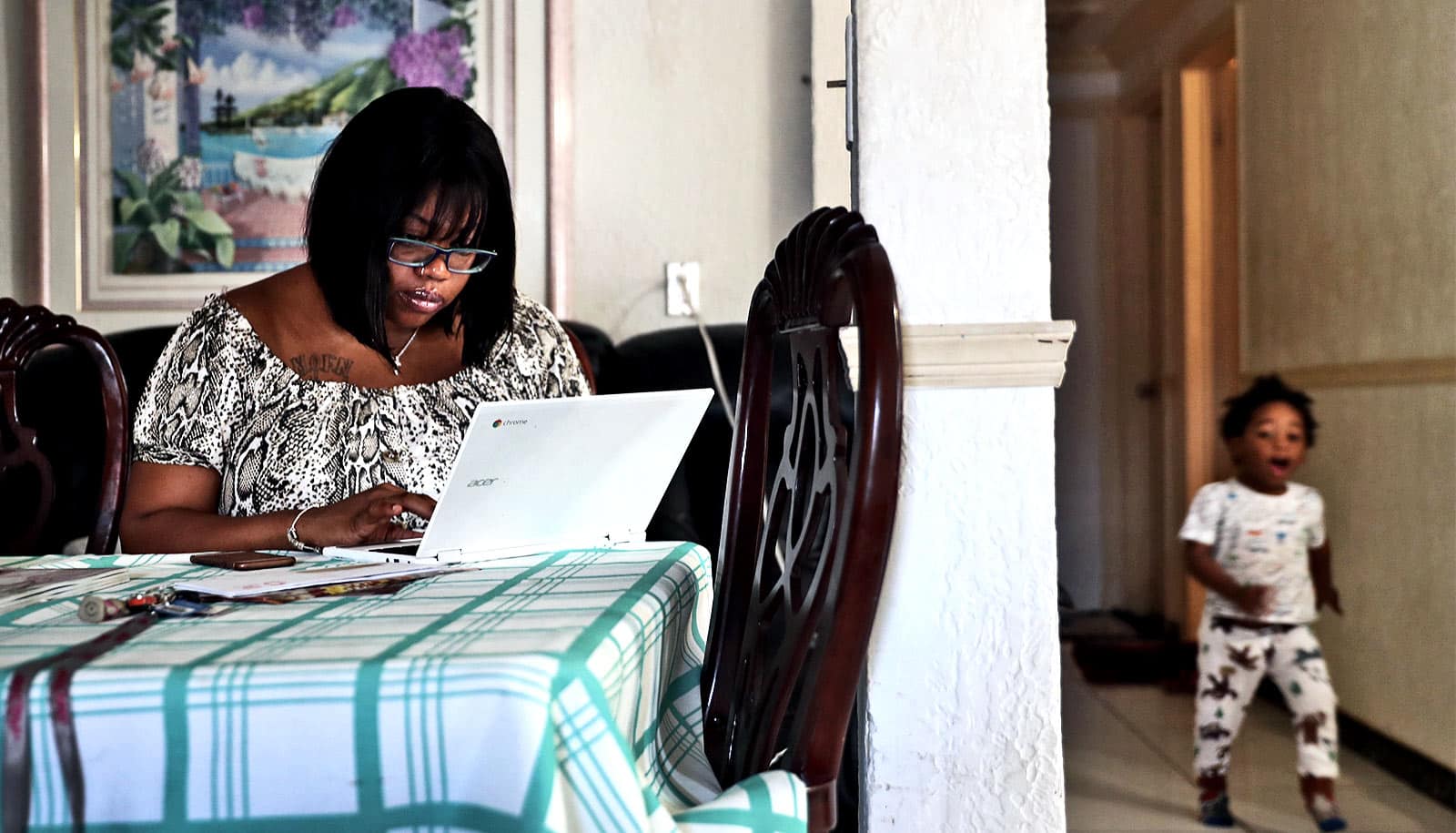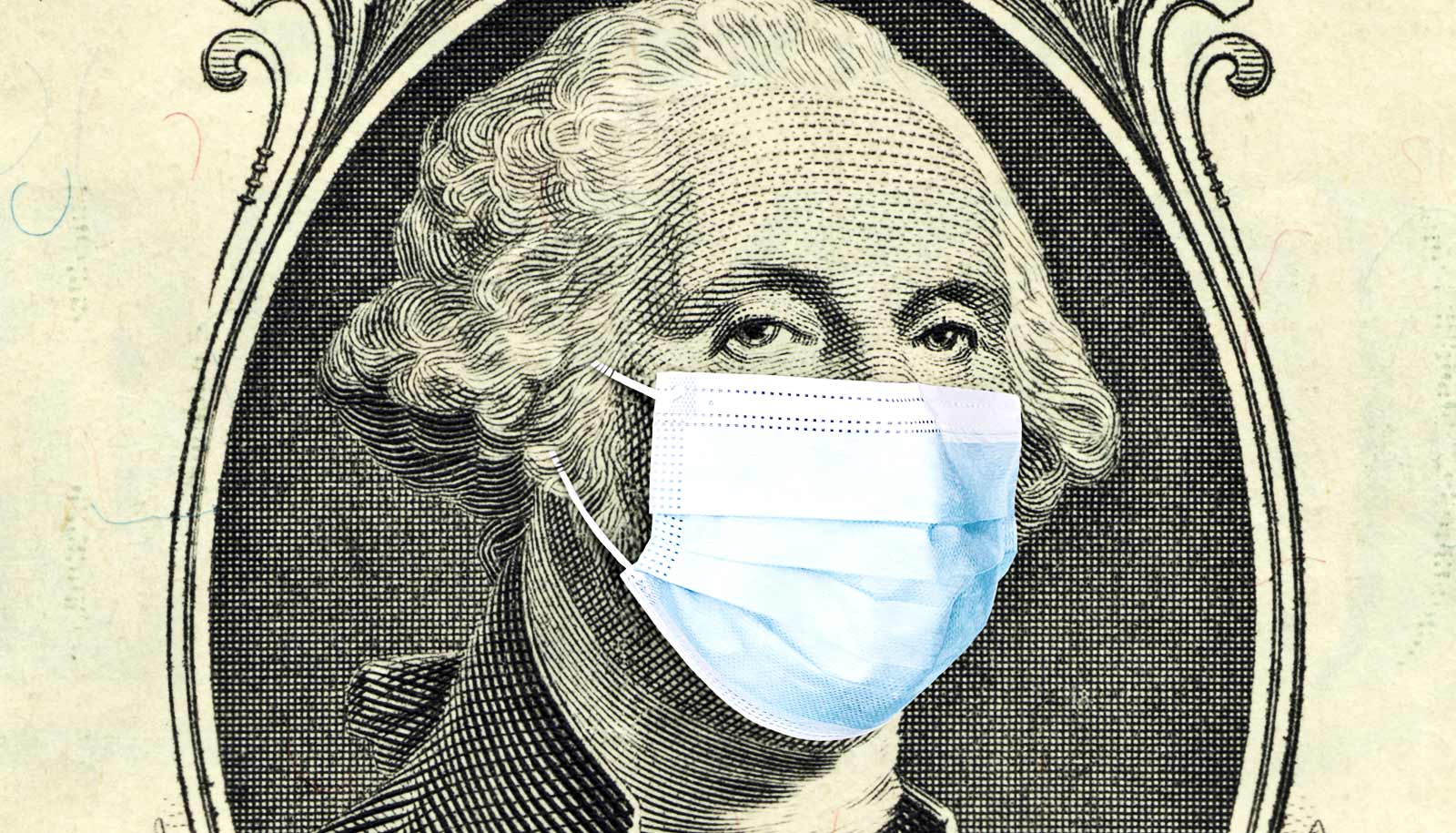We could suffer the economic effects of the coronavirus pandemic for decades, according to a new study.
The research examines the financial effects of pandemics dating back to the 14th century.
“If the trends play out similarly in the wake of COVID-19—adjusted to the scale of this pandemic—the global economic trajectory will be very different than was expected only a few weeks ago,” researchers write in a new working paper.
Òscar Jordà, Sanjay Singh, and Alan M. Taylor, all professors in the economics department at the University of California, Davis, conclude that the pandemic will likely depress real rates of return, lead to small increases in real wages, and weigh on investment. A real rate of return is an annual percentage of profit earned on an investment, adjusted for inflation.
The researchers studied macroeconomic responses to historic pandemic events, using data collected over many years by economic historians, and measured economic performance at annual frequency in cities, regions, and countries from the 14th century to the present.
They studied 12 major pandemics where more than 100,000 people died and also looked at armed conflicts that killed similar numbers of people.
“Significant macroeconomic after-effects of the pandemics persist for about 40 years, with real rates of return substantially depressed. In contrast, we find that wars have no such effect, indeed the opposite,” the authors write.
Depressed investment opportunities typically follow pandemics, they write, possibly because of heightened desires to save, possibly due to an increase in precautionary saving, or because people are trying to rebuild depleted wealth.
Following a pandemic, the natural rate of interest declines for decades thereafter, reaching its lowest point about 20 years later, the researchers say.
About four decades later, the natural rate returns to the level expected had the pandemic not taken place. The natural rate of interest is an interest rate that supports the economy at full employment and maximum output while keeping inflation constant.
The major caveat the economists identified is that past pandemics occurred at a time when people did not survive to old age. “The Black Death and other plagues hit populations with the great mass of the age pyramid below 60, so this time may be different,” they say.
The Financial Reserve Bank of San Francisco, where Jordà is a senior policy advisor, published the paper.
Source: UC Davis


